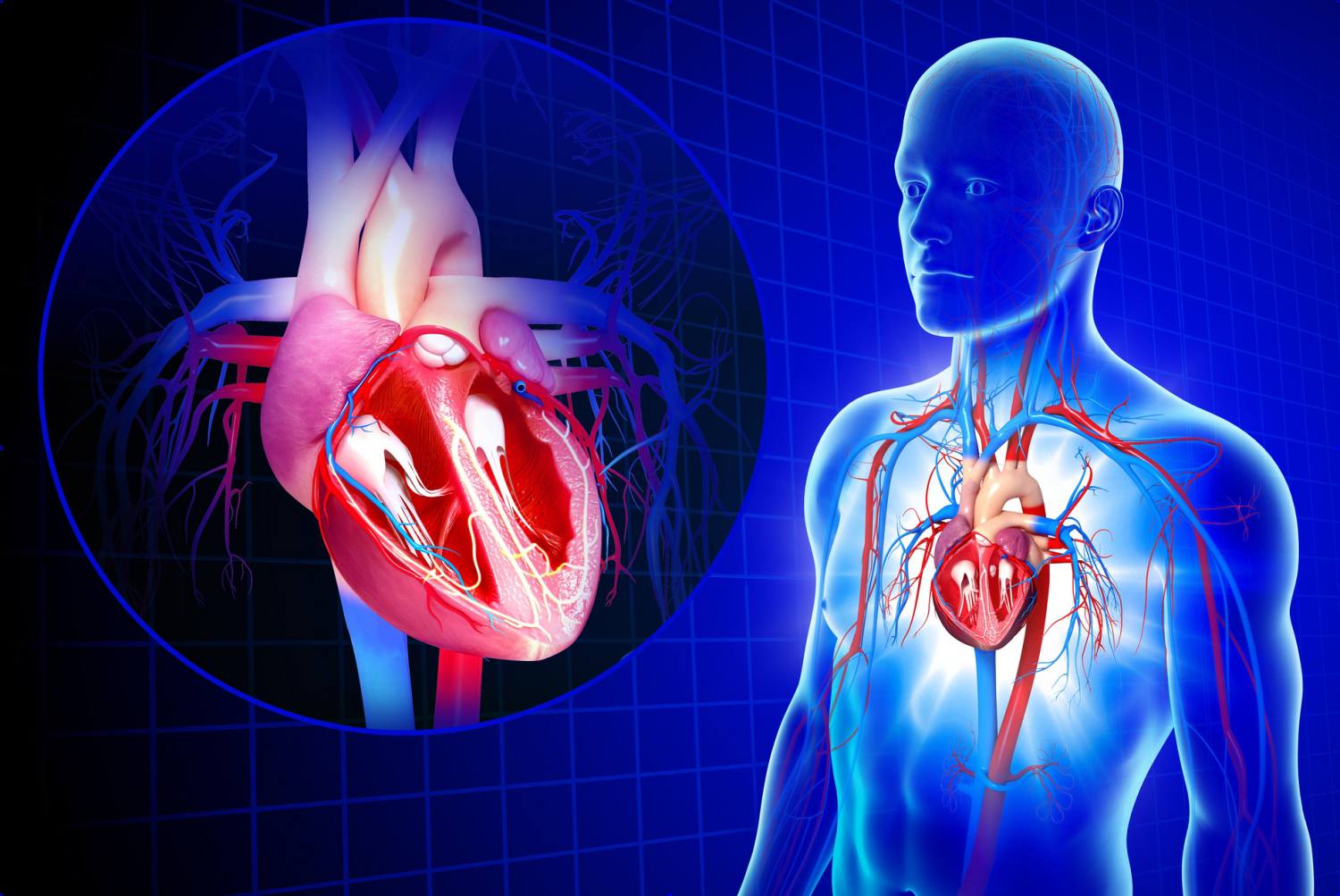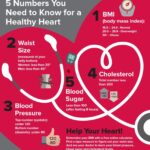Cardiovascular Technology: What It Is, What It Does, and How to Start a Career

Overview: What Is Cardiovascular Technology?
Cardiovascular technology is the field of healthcare that uses specialized equipment and procedures to help physicians detect, diagnose, and treat heart and blood vessel conditions. Professionals in this field-often called cardiovascular technologists or technicians-support care across invasive and noninvasive settings, including cardiac catheterization labs, echocardiography suites, and vascular diagnostics units. They operate advanced imaging systems, monitor patients before, during, and after procedures, and acquire diagnostic data that clinicians use to guide treatment decisions [1] . Roles span invasive cardiology (procedures that enter the body), noninvasive imaging and testing, vascular studies, and echocardiography (ultrasound of the heart) [1] .
Core Specialties and What They Involve
1) Invasive Cardiovascular Technology (Cath Lab)
In invasive cardiology, technologists work in cardiac catheterization labs to assist cardiologists in locating and opening arterial blockages, guiding catheters, operating imaging equipment, and closely monitoring vital signs. Typical tasks include preparing and sterilizing equipment, positioning patients, operating fluoroscopy and hemodynamic monitoring systems, and collecting real-time data to support decision-making during procedures such as angiography and percutaneous coronary intervention. The goal is to restore blood flow, prevent or halt heart attacks, and improve a patient’s quality of life [4] . In cath lab practice, technologists are integral members of a multidisciplinary team alongside physicians, nurses, anesthesiologists, and support staff, coordinating complex interventions safely and efficiently [4] .

Source: careerexplorer.com
2) Echocardiography (Cardiac Sonography)
Cardiac sonographers use ultrasound to create images of the heart’s chambers, valves, and vessels-studies known as echocardiograms. Exams may be performed at rest or during stress testing to evaluate heart function under workload. These professionals may assist with transesophageal echocardiography, in which a probe in the esophagus obtains detailed images of cardiac structures to help diagnose valve disease, cardiomyopathies, or other abnormalities. The images and measurements they acquire inform diagnoses and therapy planning [5] . Noninvasive techniques like echocardiography are commonly used for initial assessments, ongoing monitoring, and post-procedure follow-up [1] .
3) Vascular Technology and Noninvasive Vascular Studies
Vascular technologists evaluate circulation in arteries and veins using noninvasive tools such as Doppler ultrasound and pressure measurements. They obtain patient histories, check pulses, and record data on blood flow, limb pressures, oxygen saturation, and segmental circulation to detect conditions like peripheral artery disease, venous insufficiency, and deep vein thrombosis. Many tests are performed before or after surgery to track outcomes and guide care pathways [5] . Noninvasive vascular work often supports outpatient diagnostics and long-term disease management [1] .
Day-to-Day Responsibilities
Across settings, cardiovascular technologists assist physicians with diagnostics and treatments, work directly with patients, and manage testing workflows. Typical responsibilities include acquiring high-quality images and waveforms, monitoring heart rhythms, documenting findings, scheduling, and maintaining exam rooms and equipment. Communication skills and technical competency are essential, as technologists frequently guide patients through procedures and coordinate with physicians during time-sensitive care [2] . In hospital cath labs, technologists also support invasive procedures and urgent interventions; in ambulatory and outpatient clinics, they often conduct noninvasive imaging and testing [1] .
Where Cardiovascular Technologists Work
Most positions are based in hospitals, especially in cardiac catheterization labs, echocardiography, and vascular laboratories. However, opportunities also exist in outpatient clinics, mobile diagnostic services, and private practices. The portability of imaging and monitoring equipment enables technologists to support care in a variety of environments, including preoperative assessments, intraoperative support (primarily for cardiology technologists), and rehabilitation follow-ups [1] . Invasive roles typically center on hospital-based cath labs, whereas noninvasive echo and vascular positions may be available in both hospital and outpatient settings [3] .
Pathways, Education, and Certifications
Entry pathways may include accredited certificate, associate, or bachelor programs in cardiovascular technology or closely related disciplines. Program curricula often cover cardiac anatomy and physiology, hemodynamics, medical imaging physics, patient care, and specialty labs. After graduation, candidates may pursue certifications aligned with their chosen specialty. For invasive practice, graduates may be eligible for the Registered Cardiovascular Invasive Specialist (RCIS) exam offered by Cardiovascular Credentialing International (CCI), which validates competency in cath lab procedures and standards of care [4] . For noninvasive roles, professionals may pursue credentials in echocardiography or vascular technology through recognized credentialing bodies. Because credential titles and requirements can vary by jurisdiction and employer, candidates should verify local expectations and preferred certifications when evaluating programs and job postings [1] .
Career Outlook and Advancement
Healthcare systems continue to invest in cardiovascular services due to the prevalence of heart and vascular diseases, which means demand for skilled technologists may be strong. Many education providers and career resources highlight solid growth prospects and specialization pathways in invasive cardiology, echocardiography, and vascular diagnostics. Some estimates from training programs and career centers describe growth that outpaces average job trends, although local market conditions, hospital expansion plans, and payer dynamics will influence opportunities. Candidates should review current postings in their region and consider cross-training across specialties to increase employability and flexibility over time [2] . In hospitals, advancement can lead to senior technologist, lead cath lab technologist, lab supervisor, educator, or applications specialist roles [1] .
Real-World Examples
Consider a patient presenting with chest pain to an emergency department. An invasive cardiovascular technologist in the cath lab helps prepare the suite, ensures sterile technique, calibrates hemodynamic monitoring, and assists the cardiologist during coronary angiography and stent placement. By operating imaging equipment and tracking vital signs in real time, the technologist contributes to restoring perfusion and preventing further heart damage [4] .
In another scenario, a cardiac sonographer performs a transthoracic echocardiogram for a patient with suspected heart failure. The sonographer acquires standardized views, measures ejection fraction, assesses diastolic function, and documents valvular regurgitation. The images and measurements guide treatment choices including medication titration and possible referral for further testing [5] .
For vascular concerns, a technologist conducts a duplex ultrasound of the lower extremities to evaluate for peripheral artery disease. They measure ankle-brachial indices, assess flow patterns, and document any stenosis. The report helps determine whether medical therapy, structured exercise, or revascularization might be appropriate next steps [5] .
How to Get Started: Step-by-Step
- Clarify your specialty interest. Decide whether you prefer invasive cath lab work, echocardiography, or vascular diagnostics. Review job descriptions from hospitals and outpatient centers in your area to understand day-to-day expectations and scheduling needs [3] .
- Research accredited programs. You can contact local community colleges, universities, and allied health schools to ask about cardiovascular technology programs, clinical placements, and board eligibility. For invasive pathways, verify whether graduates are eligible to sit for the RCIS exam through CCI after completion [4] .
- Plan for certification. Map out timelines, study resources, and clinical cases required to qualify for credentialing in your specialty. Employers often prefer or require recognized credentials to demonstrate competency in imaging acquisition, safety, and patient care [1] .
- Build clinical experience. During training, seek rotations in both inpatient and outpatient settings to strengthen procedural skills, teamwork, and patient communication. Exposure to emergency and elective cases can improve readiness for entry-level roles [1] .
- Apply strategically. Tailor your resume to highlight equipment proficiency (e.g., ultrasound, hemodynamic systems), sterile technique, and patient safety experience. Consider entry roles in hospitals with structured training programs and mentorship pathways [3] .
- Maintain competencies. Continue education through courses, in-service training, and practice guidelines. Cross-training across echo and vascular or gaining invasive experience may expand advancement opportunities over time [2] .
Challenges, Solutions, and Alternatives
Challenge: High-pressure environments and on-call demands (especially in invasive roles). Solutions: Clarify shift expectations before accepting a role; seek teams with adequate staffing and structured preceptorships; build stress-management routines. Alternative: Focus on outpatient echo or vascular labs with more predictable schedules [1] .
Challenge: Steep learning curve for complex equipment and protocols. Solutions: Pursue simulation labs, manufacturer trainings, and mentorship; document competencies and case logs to track progress. Alternative: Begin in noninvasive testing, then transition into invasive practice after foundational skills mature [2] .
Challenge: Credential and role confusion (technologist vs. technician, and varying titles by facility). Solutions: Verify role definitions, scope, and required credentials for each posting; confirm how the employer distinguishes responsibilities and pay bands. Alternative: Consider closely related diagnostic imaging fields (e.g., general sonography) and later specialize in cardiovascular applications [3] .
Key Takeaways
Cardiovascular technology encompasses invasive and noninvasive roles that help clinicians evaluate and treat heart and vascular disease using advanced imaging and monitoring systems. Specialties include cath lab practice, echocardiography, and vascular diagnostics. Education through accredited programs, followed by role-specific certification (such as RCIS for invasive practice), can launch a career with meaningful impact in hospitals and outpatient care. Candidates can improve readiness by building broad clinical experience, maintaining certifications, and choosing settings that align with their lifestyle and career goals [1] [4] [5] .
References
[1] Vault (2023). Cardiovascular technologists: About.
[2] AIHT Education (n.d.). What does a career as a cardiovascular technologist look like?
[3] Indeed (2025). Different Roles of Cardiovascular Technologist vs. Technician.
[4] Delgado Community College (n.d.). Invasive Cardiovascular Technology.
[5] Wikipedia (2024). Cardiovascular technologist.

Source: drkit.org






